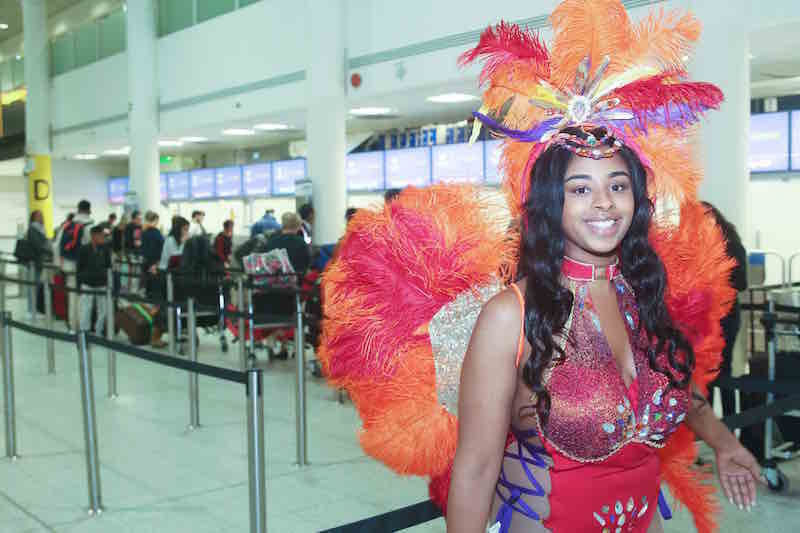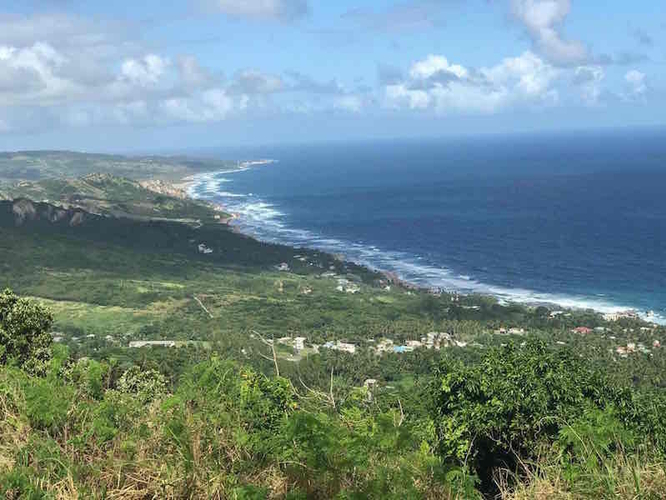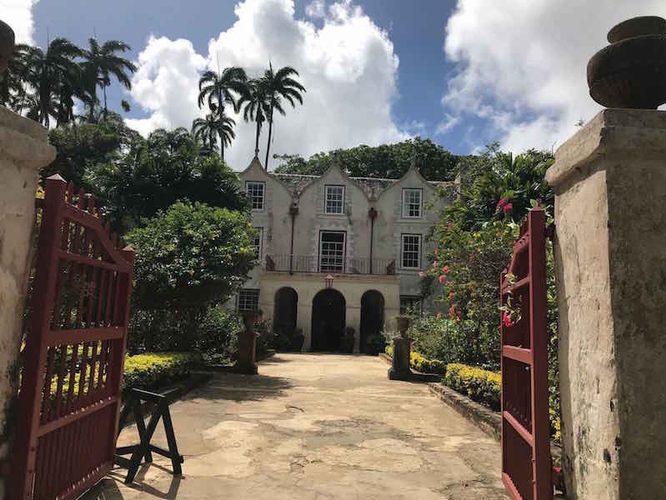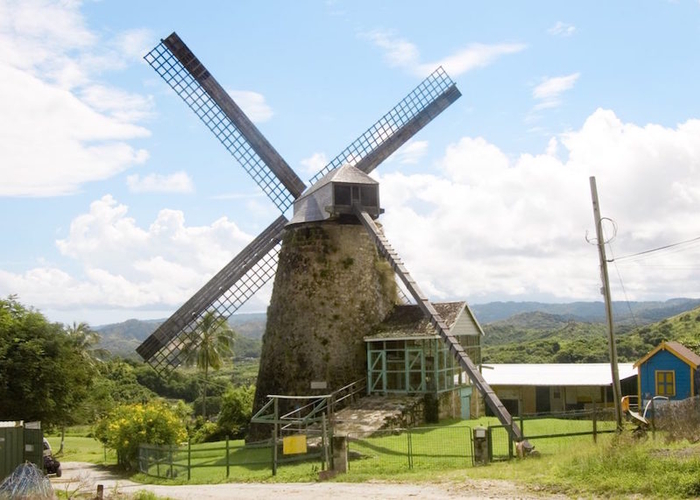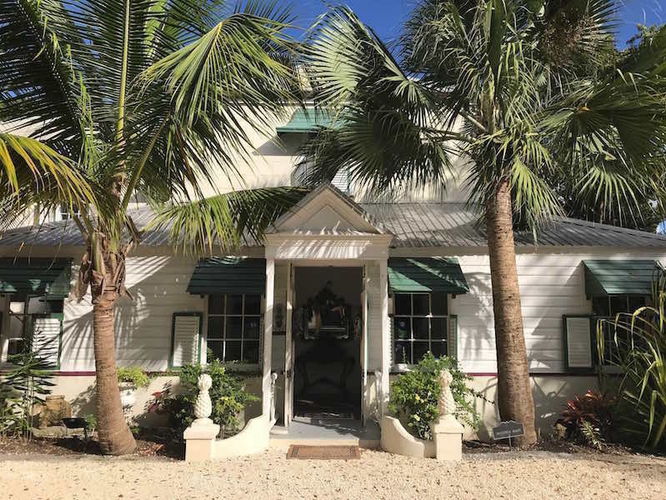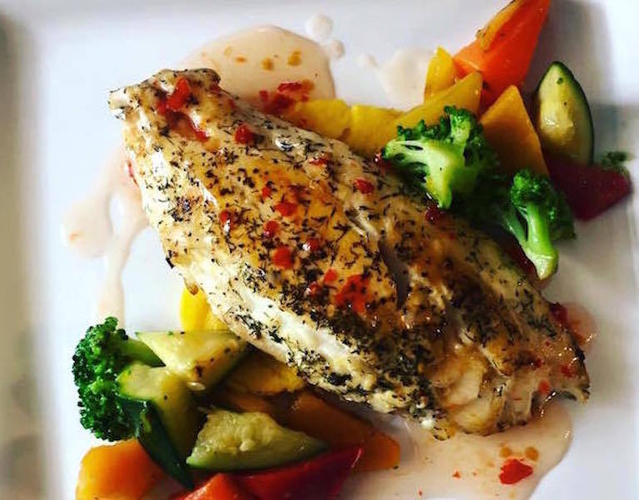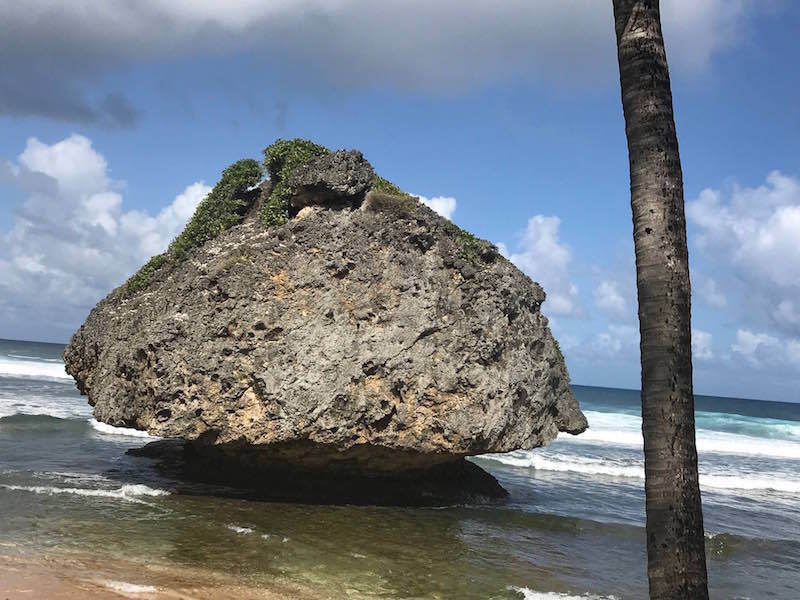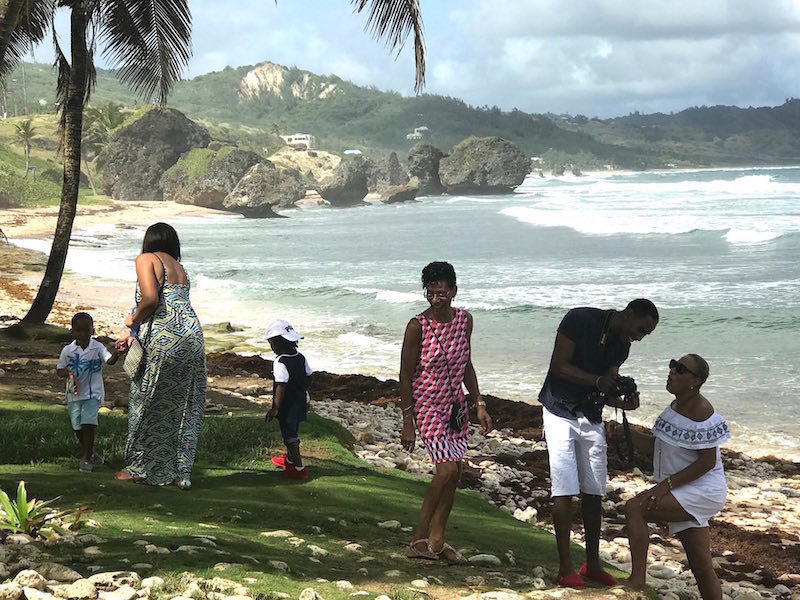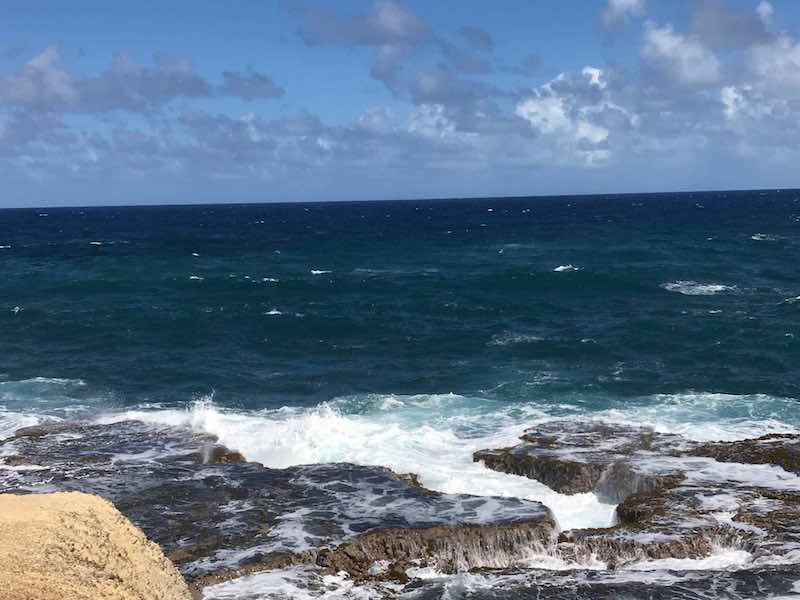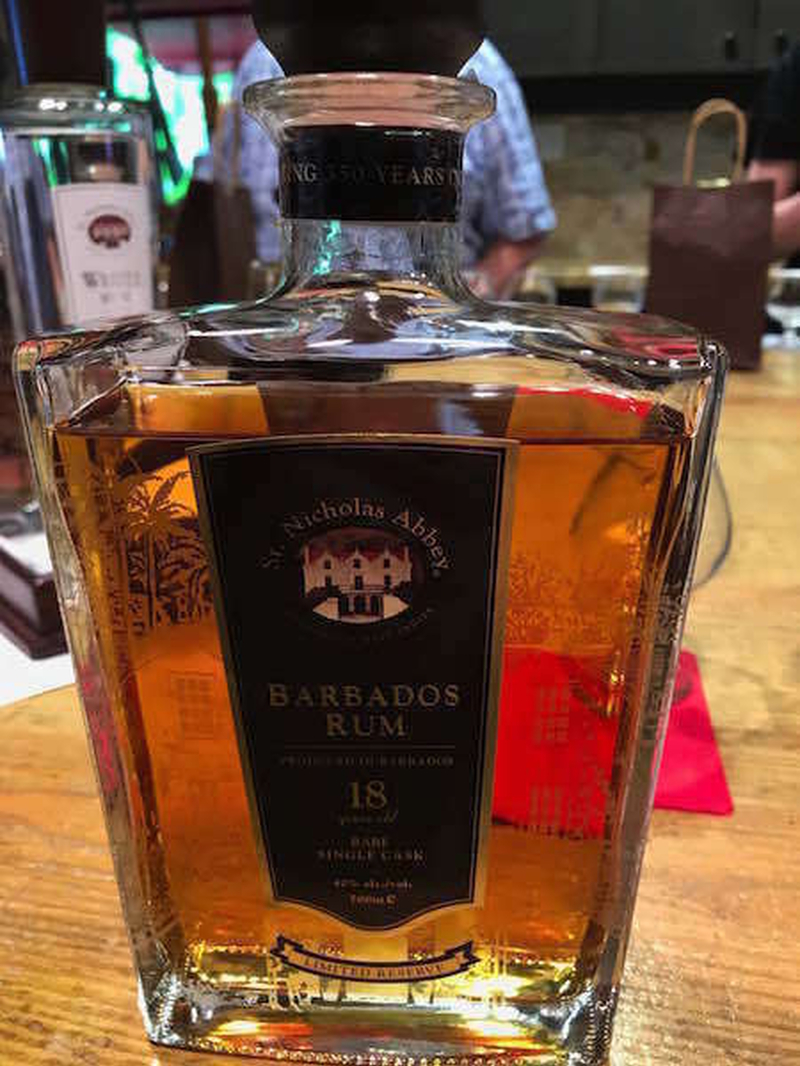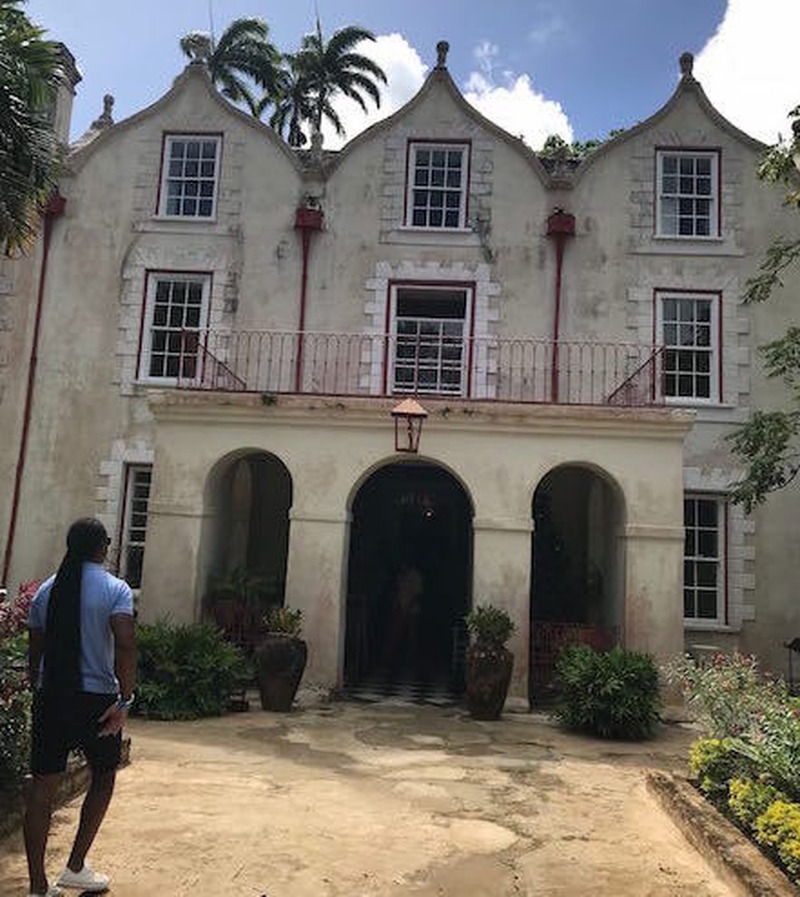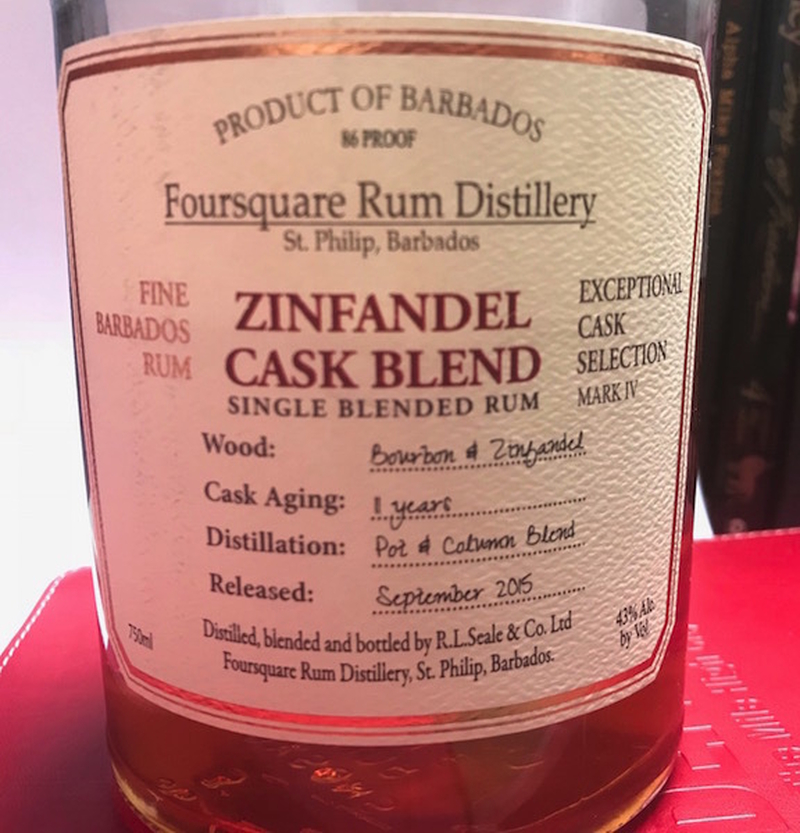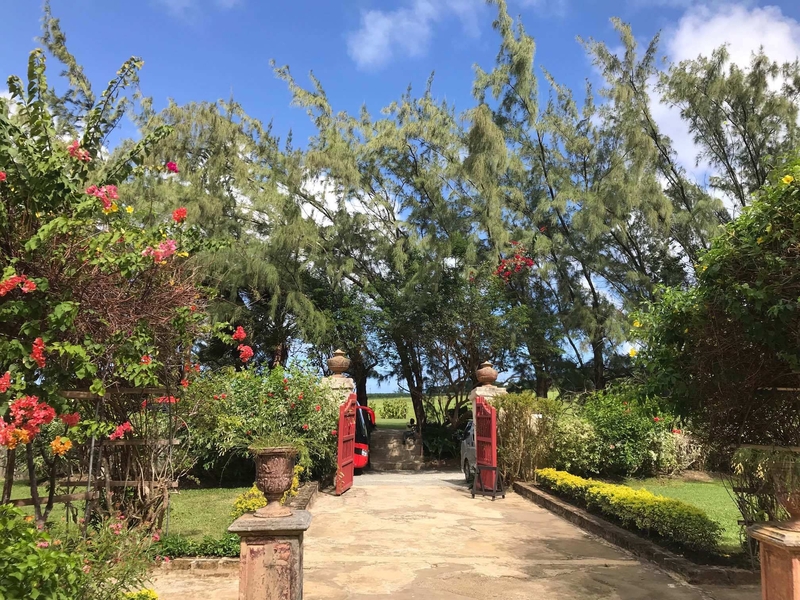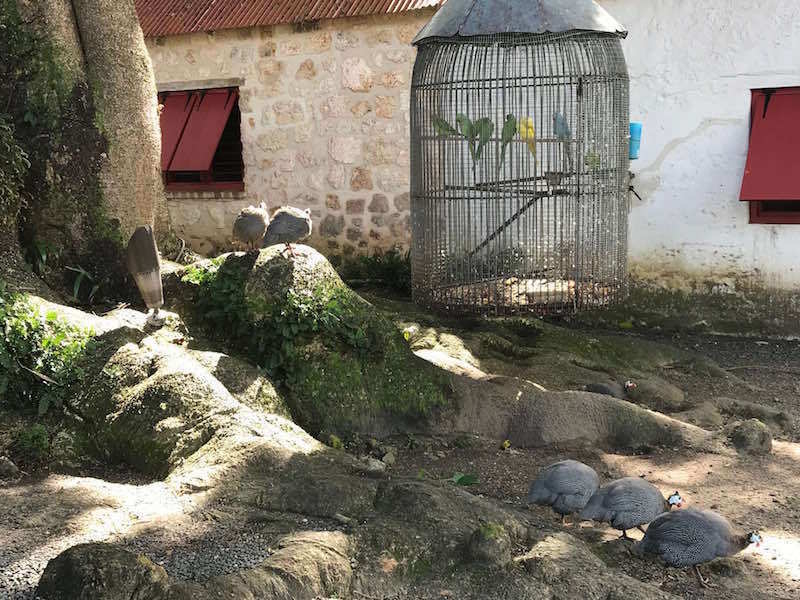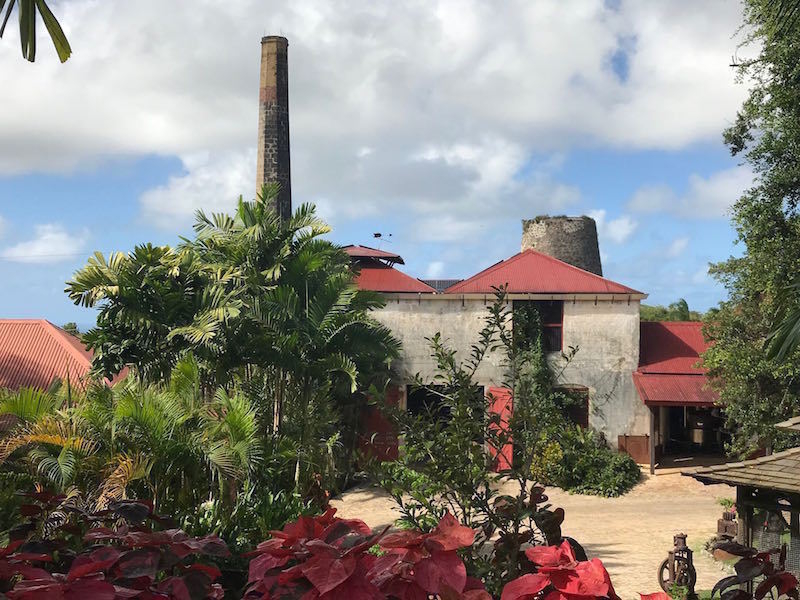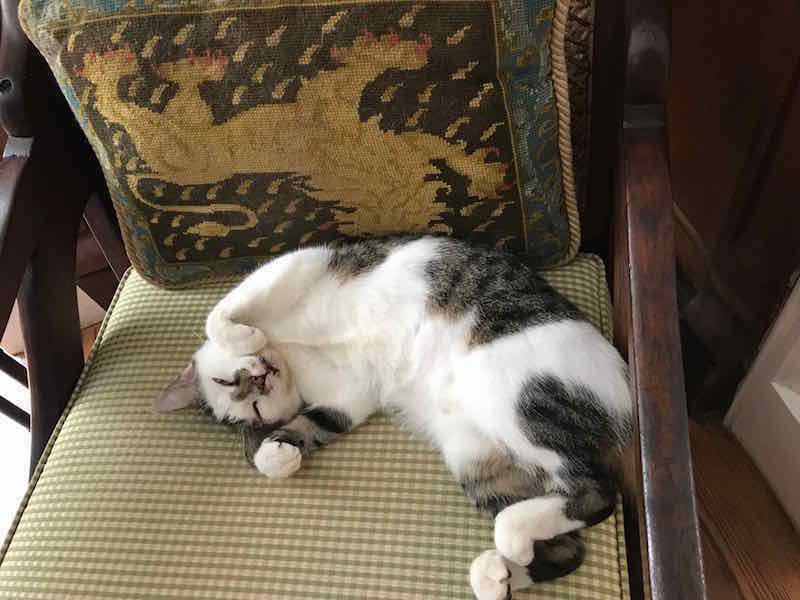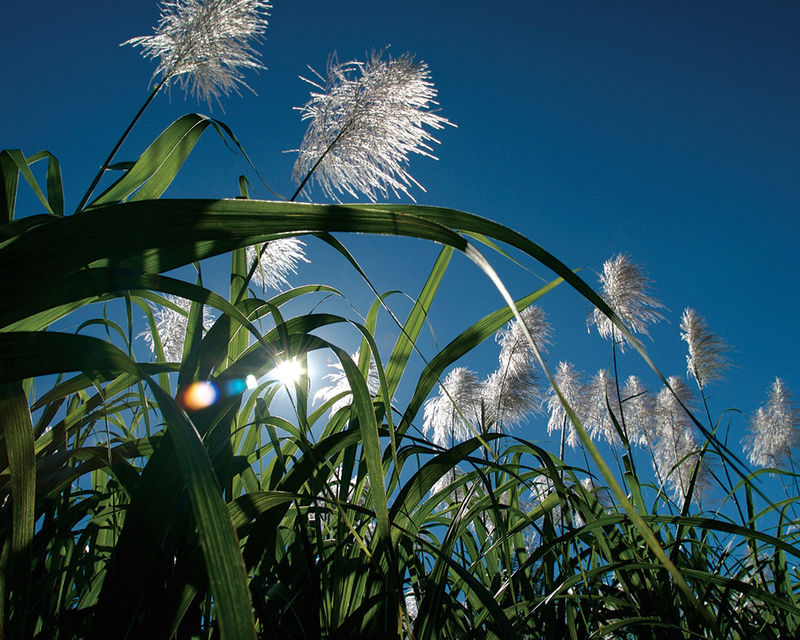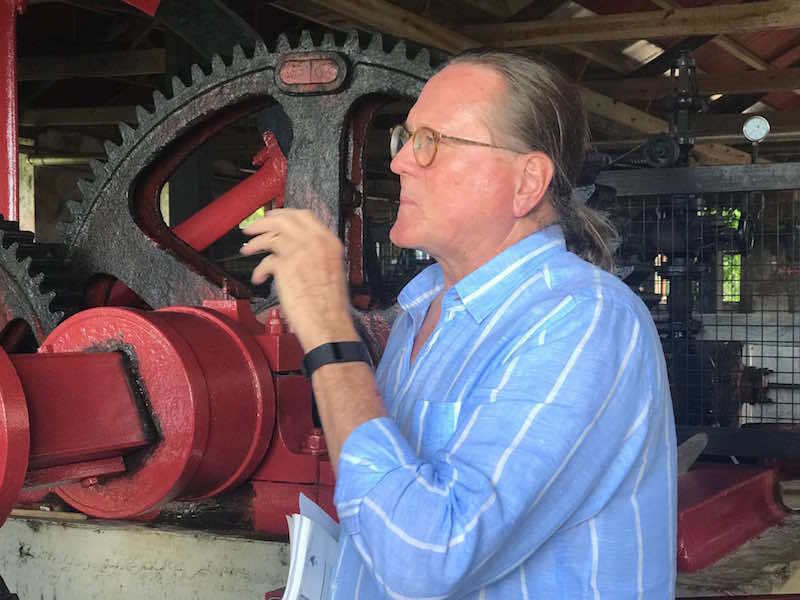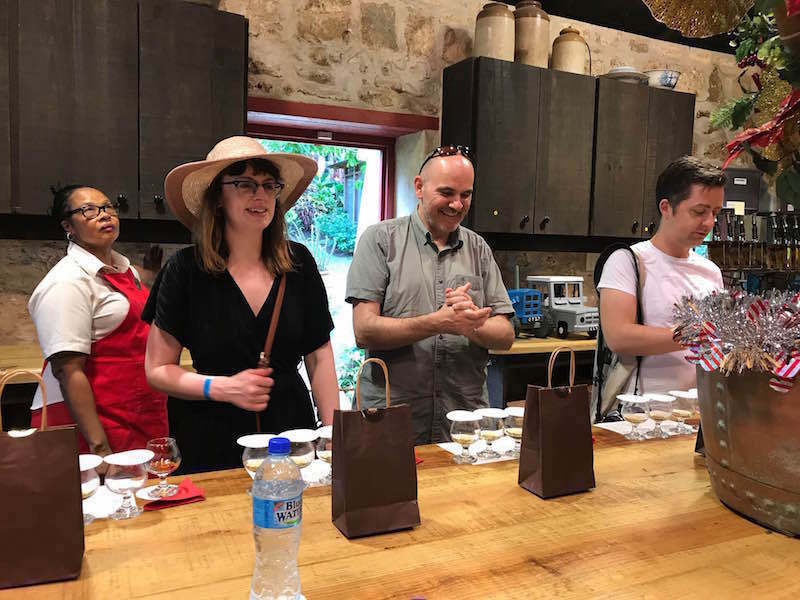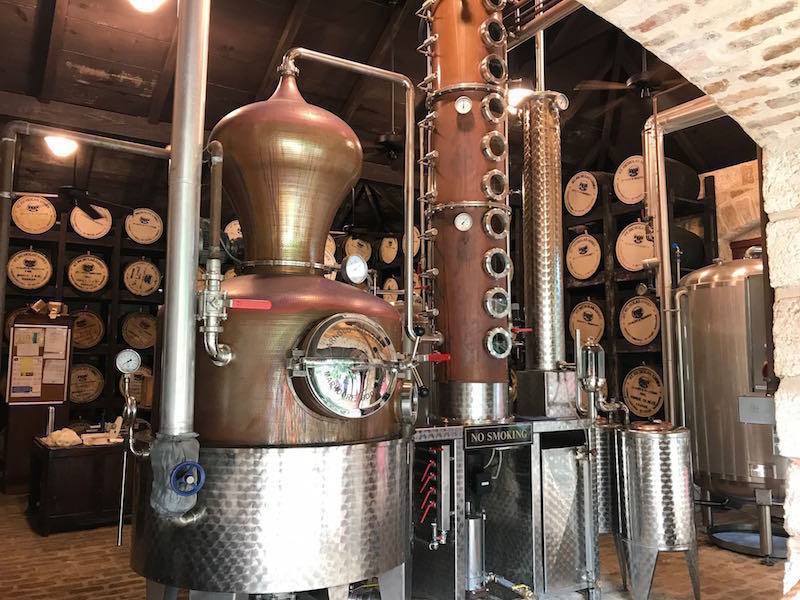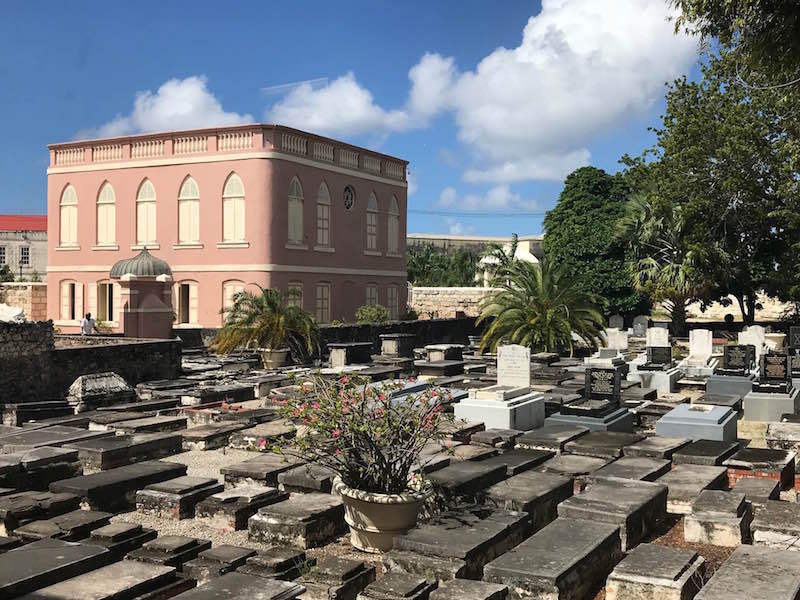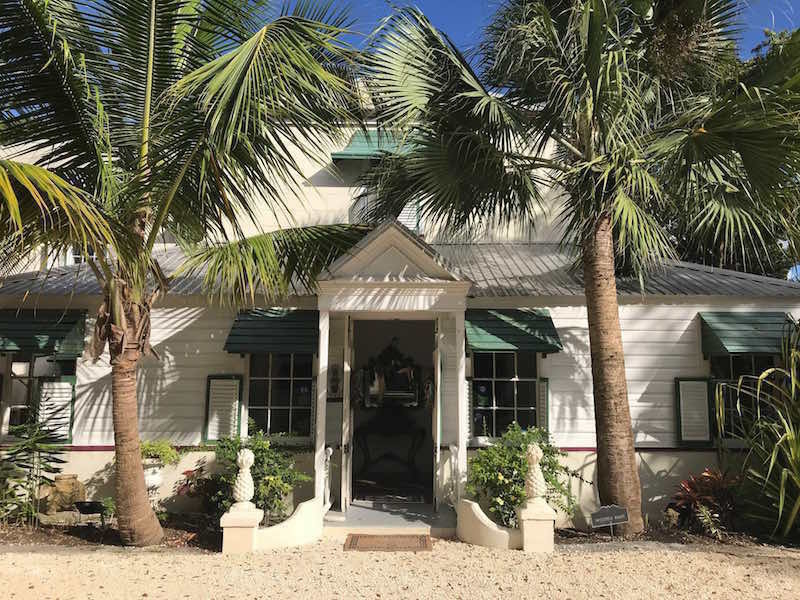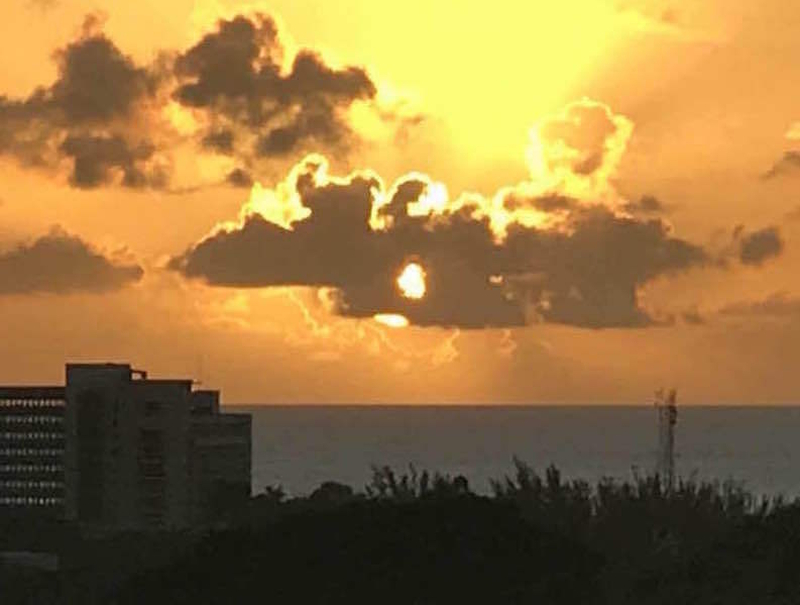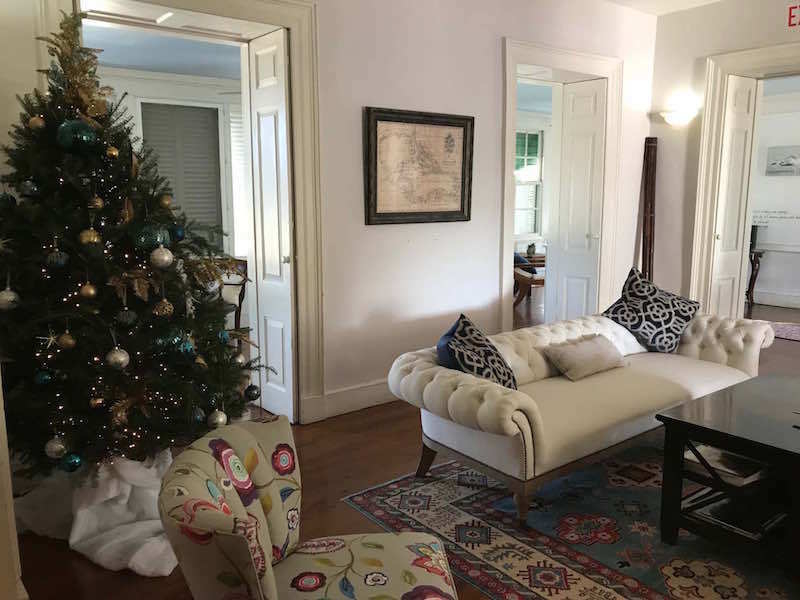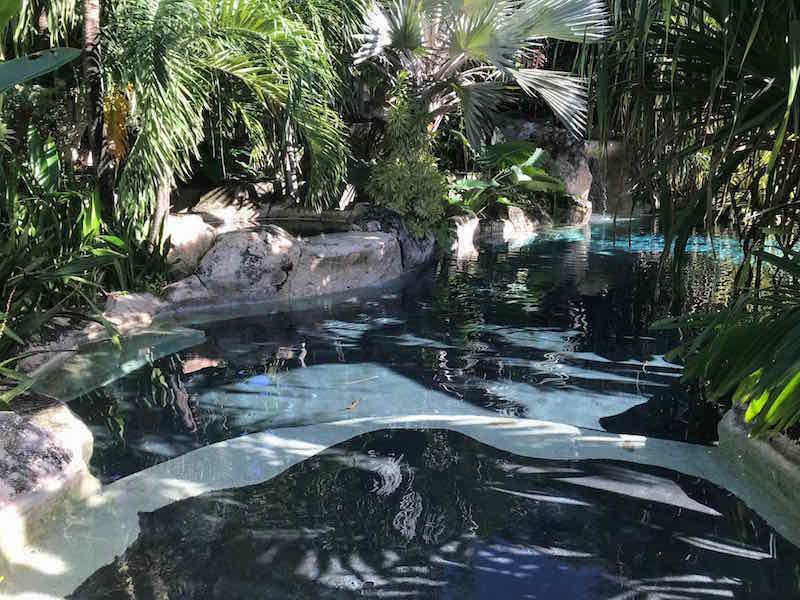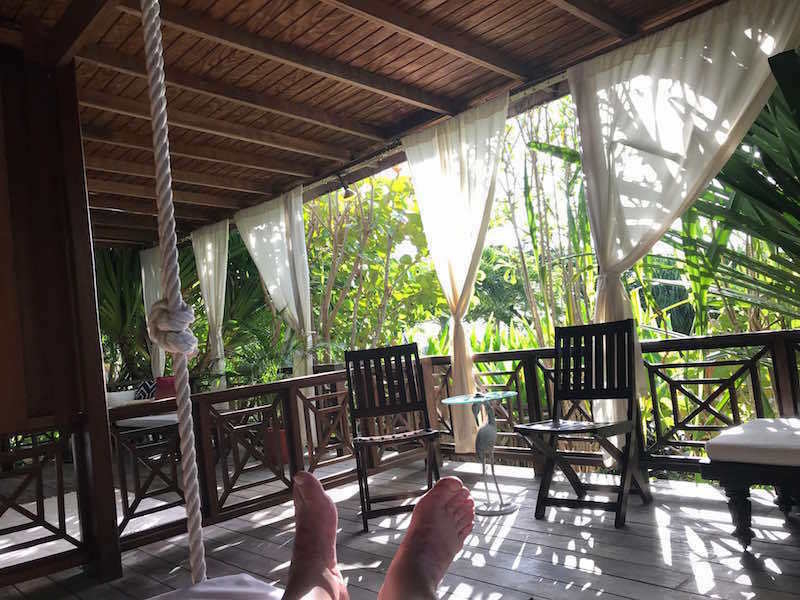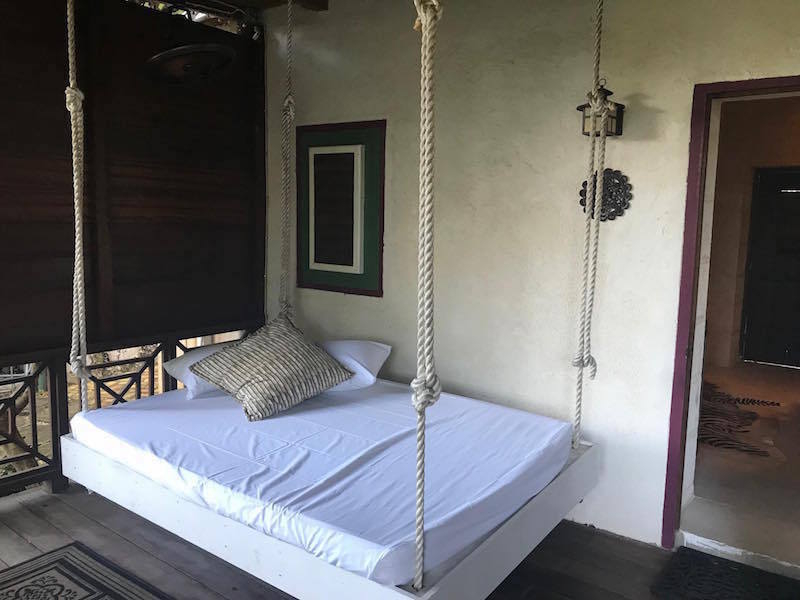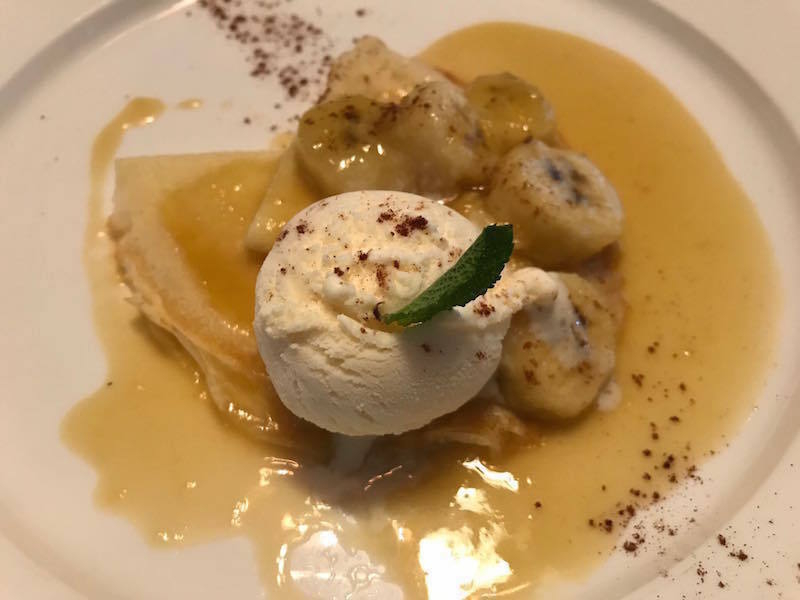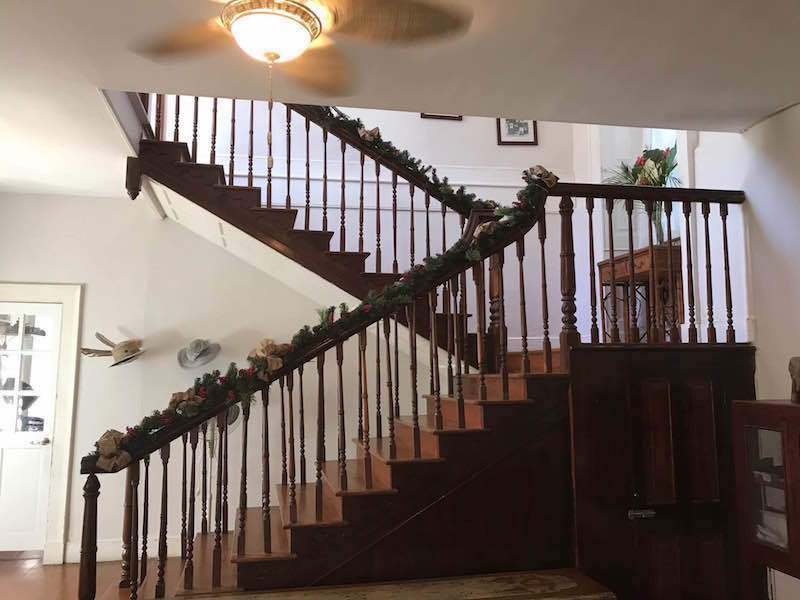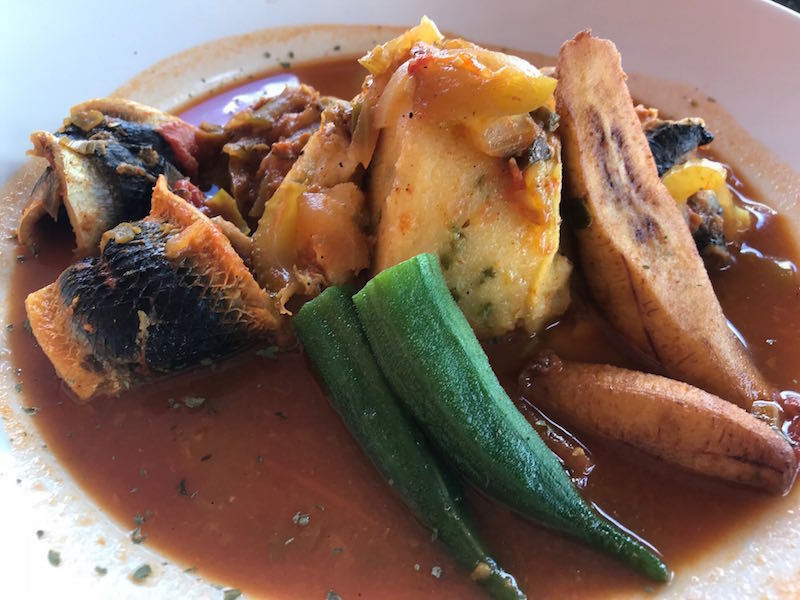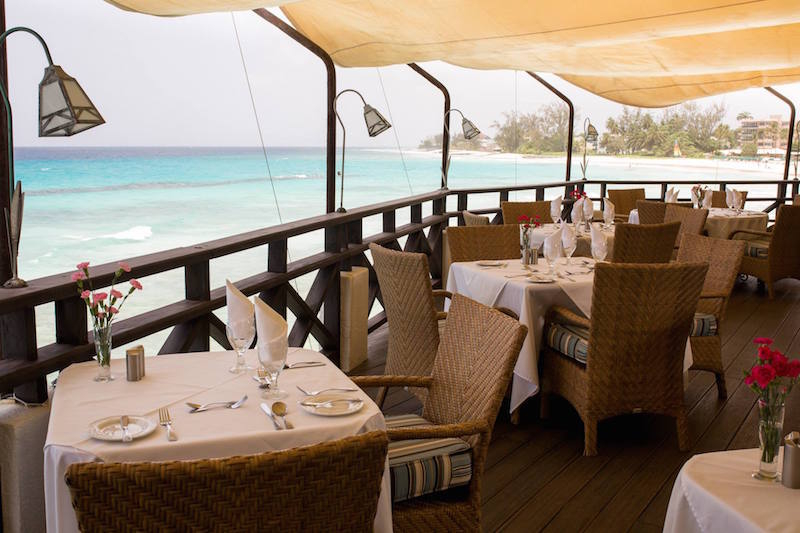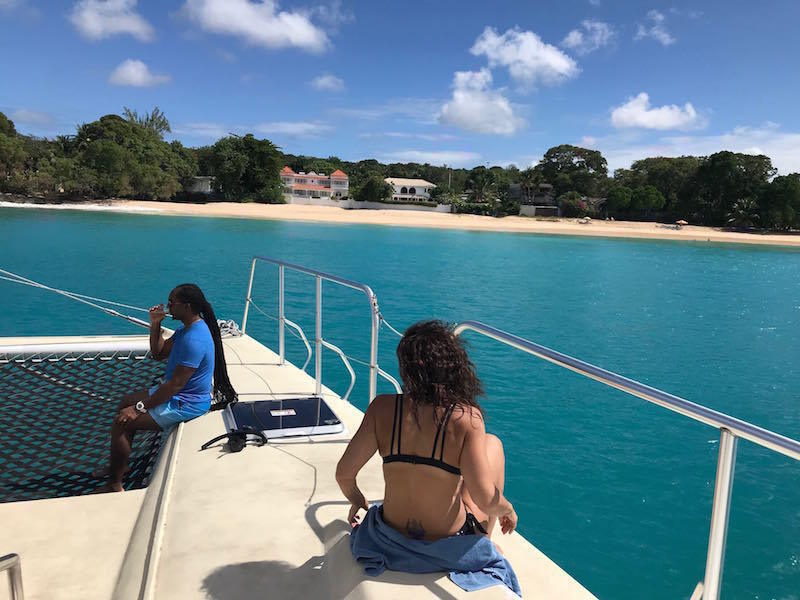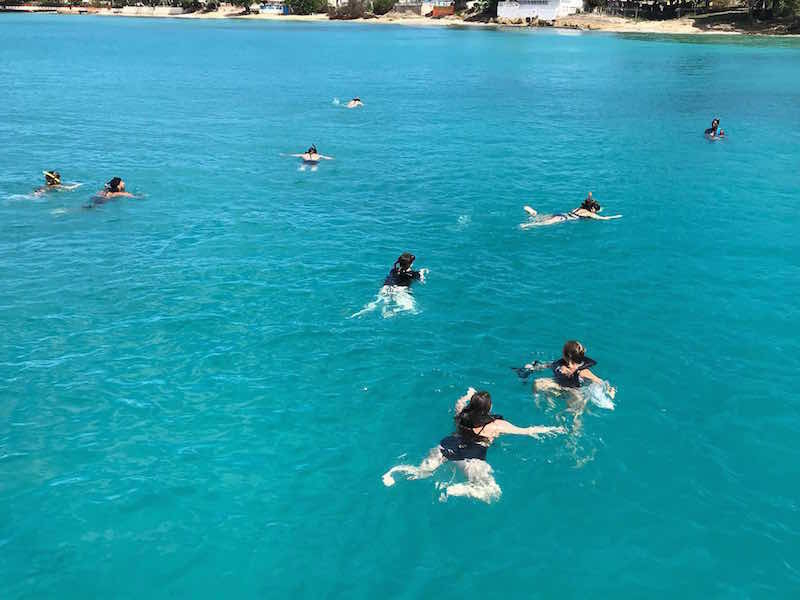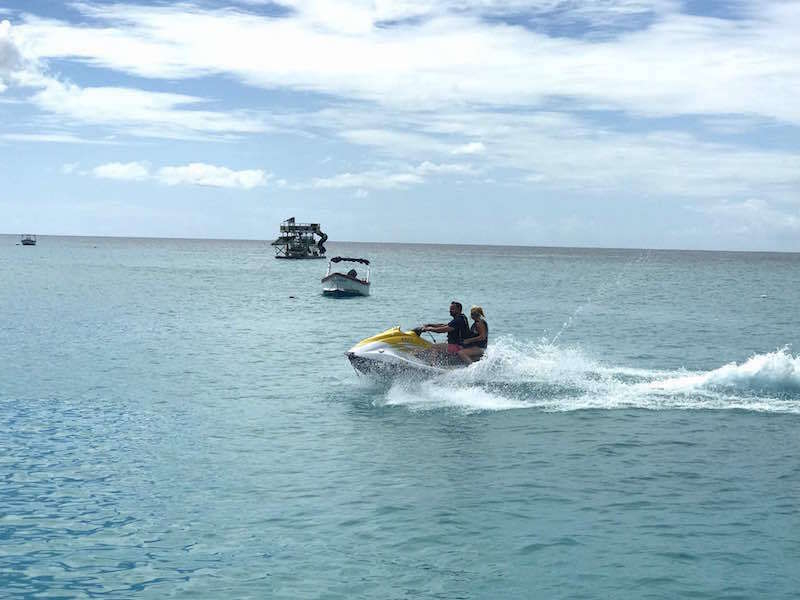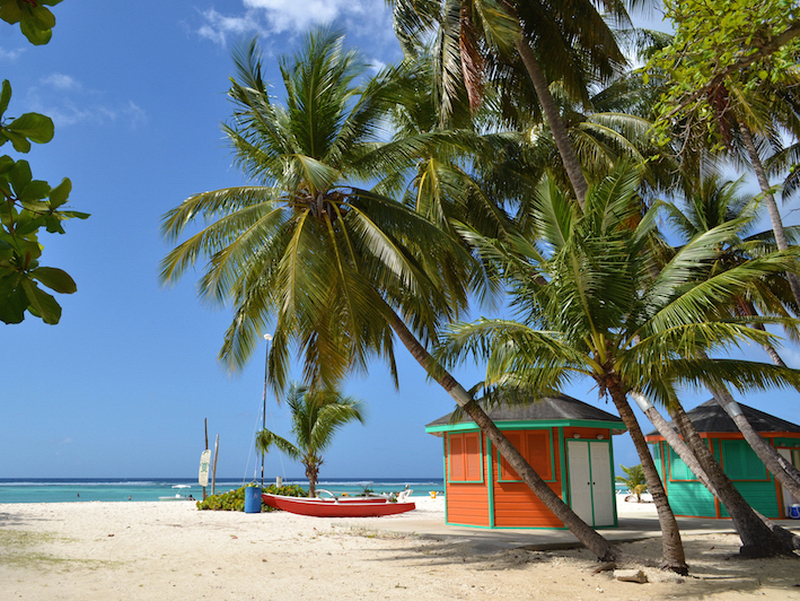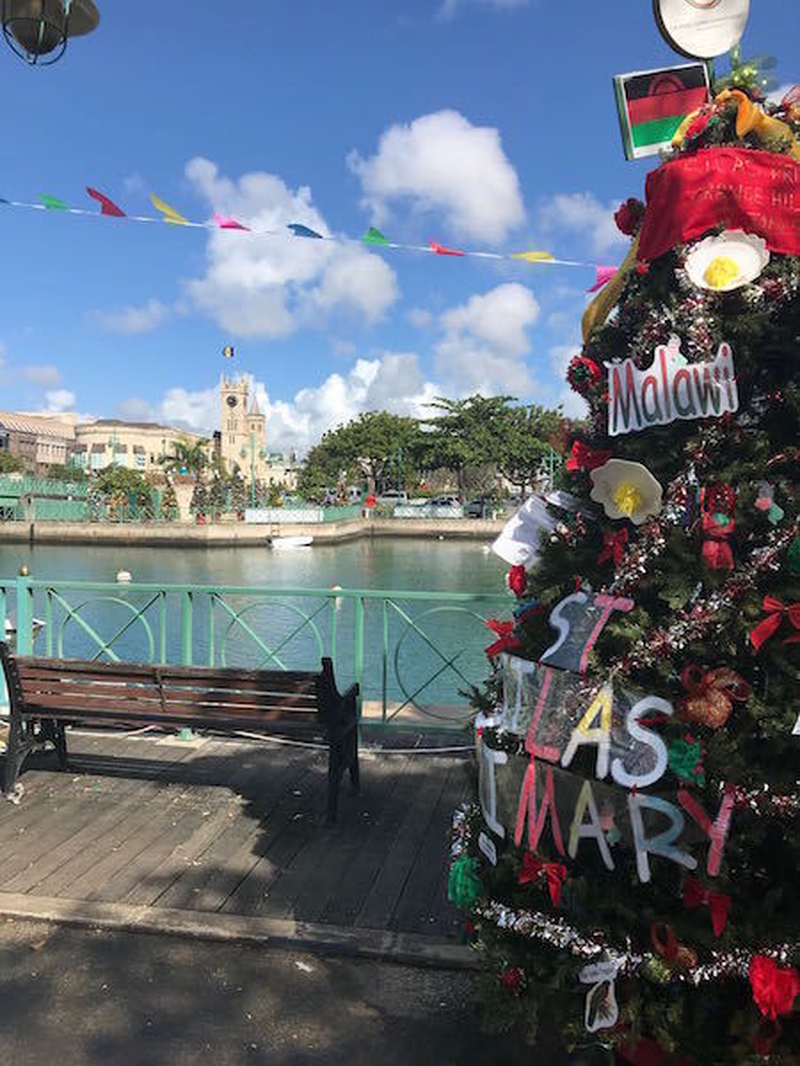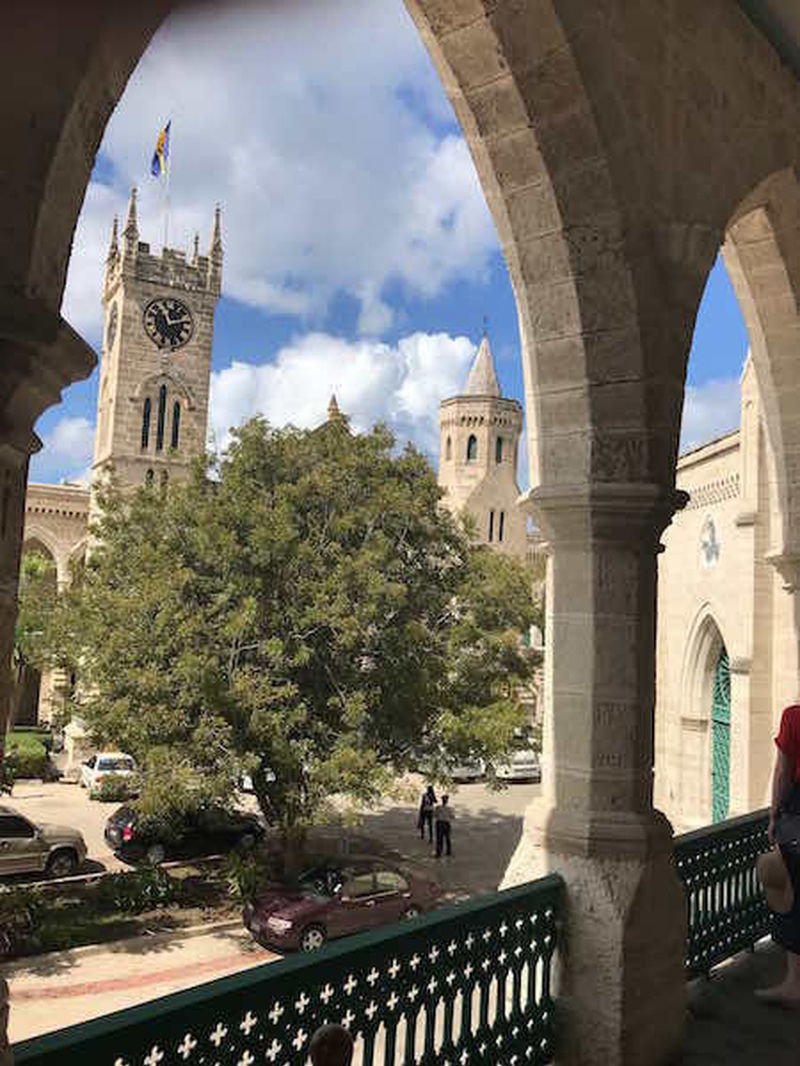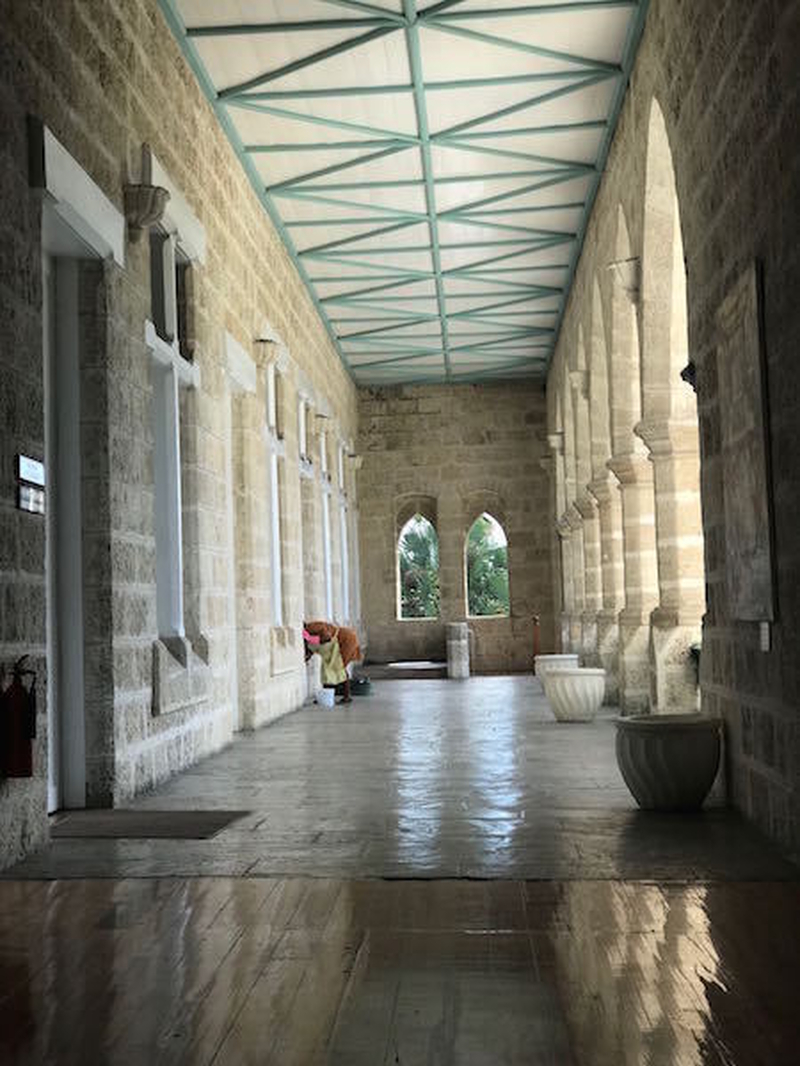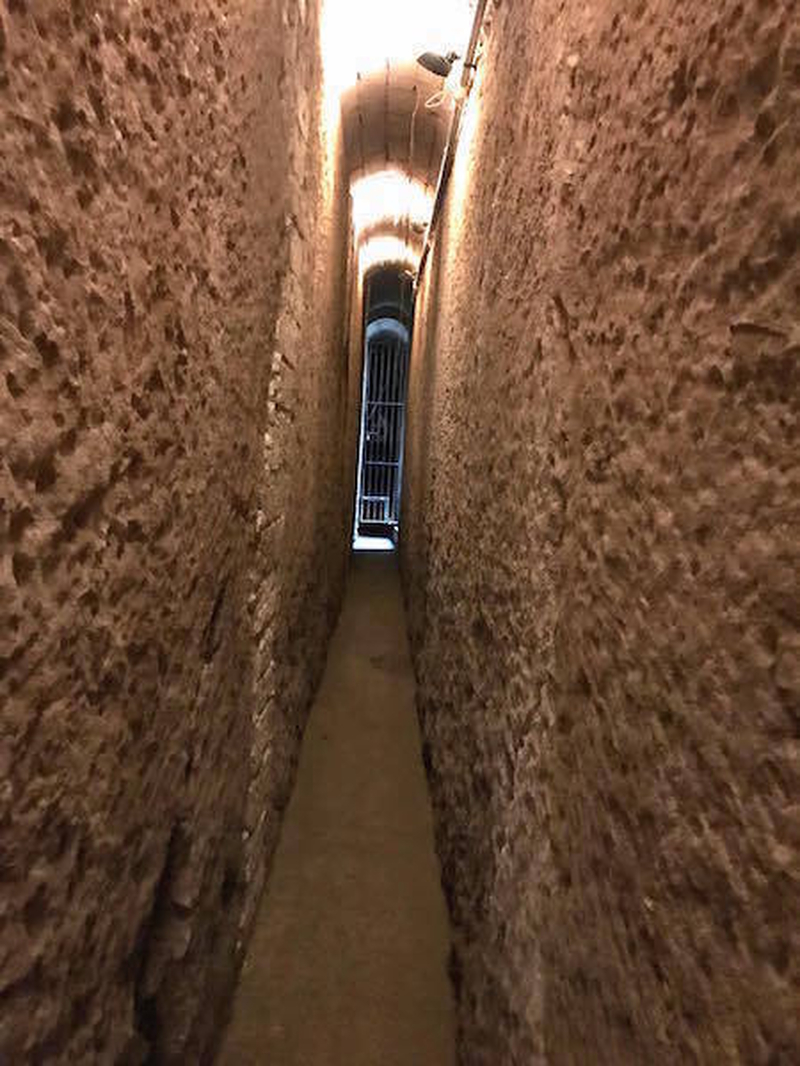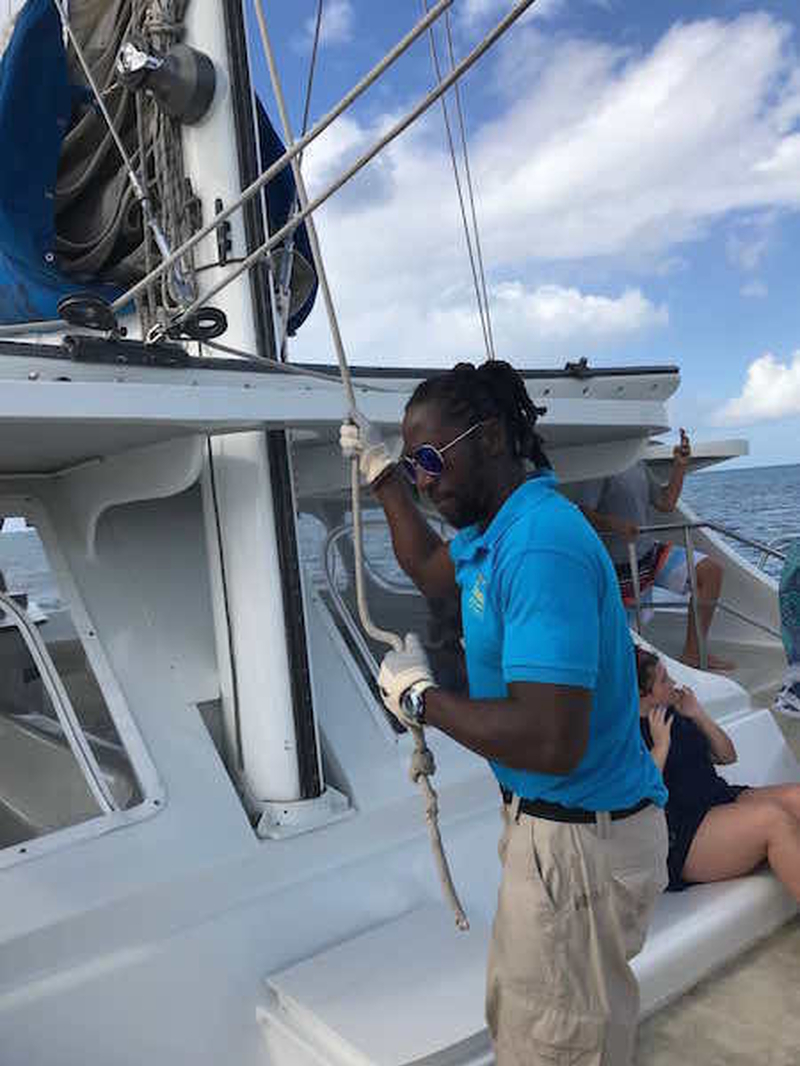An increasingly mellow Neil Sowerby distils his island experiences
ALL roads leads to Rum in Barbados. At least in the itinerary of my dreams. And along the way what could top a stop-off with a stupendous panorama and a rum punch opportunity? So here we are, plastic cups in hand, atop Hackleton’s Cliff. It’s a coral escarpment long sundered from the turbulent East Coast, most of which you can see from this vertiginous 1,000ft vantage point.
Before the boom rum was a small scale tipple known as ‘Kill Devil’. One too many punches and your head knows why
The crescent beaches look gorgeous but can be deadly to swim off as Atlantic trade winds whip up treacherous currents. Which explains why it is nowhere near as developed as the balmy West, home to the legendary Sandy Lane and all those Simon Cowell permatans. Of course, there’s more than bling to that self-styled ‘Platinum Coast’, but you get the gentle drift.
Soon our island safari tour will swoop us down to explore the Cinderella East, touching base at sea spa and surf haunt Bathsheba (for another rum punch) and then on to rugged Little Bay, where waves crash onto the rocks, creating huge, spurting blowholes.
Before that we ask our guide: who was Hackleton that he should have a cliff named after him? Apparently, he was a plantation owner, whose wife was pleasuring herself with his slaves. So in despair he committed suicide by galloping his steed over the edge.
Well, that’s one tale. Still it’s only a footnote in the whole tangled narrative of how the slave-driven sugar industry came into being, making Barbados the richest of all the European colonies. It wasn’t until we were back in the capital Bridgetown that the astonishing catalyst for this came into focus in the unlikeliest of places – the city’s Jewish community.
Rum’s heartland first, though, the northern parishes. Historic plantations still dot the landscape in various states of desuetude. Movable wooden worker’s dwellings called chattel houses add to the sense of transience. The clue to where all those cane fields once were are the windmills.
In 1846 the island had more than 500 – only Holland had a greater density – and the remaining mills, in whatever state, are all now under a preservation order. The Barbados National Trust maintain the Morgan Lewis Working Mill in the parish of St Andrew’s. From December to April visitors can see cane ground into juice there.
Under 10 minutes away and much more enjoyably hands on is St Nicholas Abbey, the island’s best historic day out. One of only three Jacobean mansions left in the whole Americas, the gabled old house set among mahogany trees summons up the ghosts of those early plantation owners with its museum addressing the slave issue, while current owners the Warren family lovingly preserve the old rum-making methods in a boutique distillery they set up a decade ago.
So you get a steam-powered cane crush and a traditional pot still, using cane for the syrup that’s unique to the 400 acre estate, half of which is under sugar cultivation. The quest for a premium quality spirit was consolidated by enlisting the advice – and starter rums – of Richard Seale, owner of the island’s multi award-winning Foursquare distillery.
So the older rums (10 years) we are tasting with Larry Warren after our tour originated at Foursquare before being barrel-aged at the Abbey, most of whose own rums still need to serve their time in oak. There’s no church connection, by the way; Abbey’s just a landowner’s affectation from way back.
In contrast, the Nidhe Israel Synagogue, also dating back to the 17th century, is a working place of worship, though with a miniscule Jewish population in Bridgetown its restoration owes more to its heritage status. The old graveyard is atmospheric, but the key reason for visiting is the truly fascinating new-build museum, which traces the development of sugar and rum to the arrival of Sephardic Jews fleeing persecution in the Dutch colony of Brazil. Granted immigrant status by one Oliver Cromwell, who cannily recognised their commercial acumen.
This was directed towards sugar, applying Dutch techniques – those windmills – to the fledgling industry, in which they had a monopoly. Rum then became mass produced. Before then it was a small scale tipple known as ‘Kill Devil’. One too many rum punches and your head knows why.
Inevitably envy and sanctions against the Jews followed. The old story. Over three centuries later the sugar industry is reversing its long decline, yet it is significant that some sugar has to be imported to make the rum that is still the island’s biggest export.

Both commodities are the focus of 2018’s landmark Barbados Sugar & Rum Season. This islandwide event running until the April 15 (tickets are available now), celebrates this twin heritage. It’s an amazing line-up from rum distillery tours, to sugar and rum cooking classes, chocolate making classes, walking and bus tours, mixology shows, historic lectures, spa treatments, street and beach parties, an Open House Season, a big BBQ, as well as slave route, cane factory, windmill and rum shop tours.
Of course, you can experience all this on a day out from your luxury condo or more modest all-inclusive, but for further historical resonance follow our lodging choice – a lovingly restored plantation house turned five-star boutique B&B on the ridge above Bridgetown.
Dating back to the early 1900s, Sweetfield Manor is a great sunset spot though you may have to share the view with parrots, green monkeys and the peacocks that stray into the lush gardens from next door. Just 10 guest rooms spread round the lovingly restored property, characterful but with luxury touches. Mine opened out onto a patio overlooking the tropical foliage of the lagoon pool; I waited for the sunset with a beer in the hammock. Which felt odd since the main house was bedecked for imminent Christmas and the radio was jammed with seasonal ditties.

The Sweetfield kitchen can do lunch or dinner on demand, but the gourmet concentration here is on four course breakfasts. Exceptional and adventurous, these really do live up to the ‘most important meal of the day’ tag. It would be easy to chill out by the lagoon, occasionally popping down to the beach (Carlisle Bay a 15 minute walk away and idyllic), but there’s lots else to see – even if that lovely East Coast and St Nichola seem a trek too far. Here are five ideas:
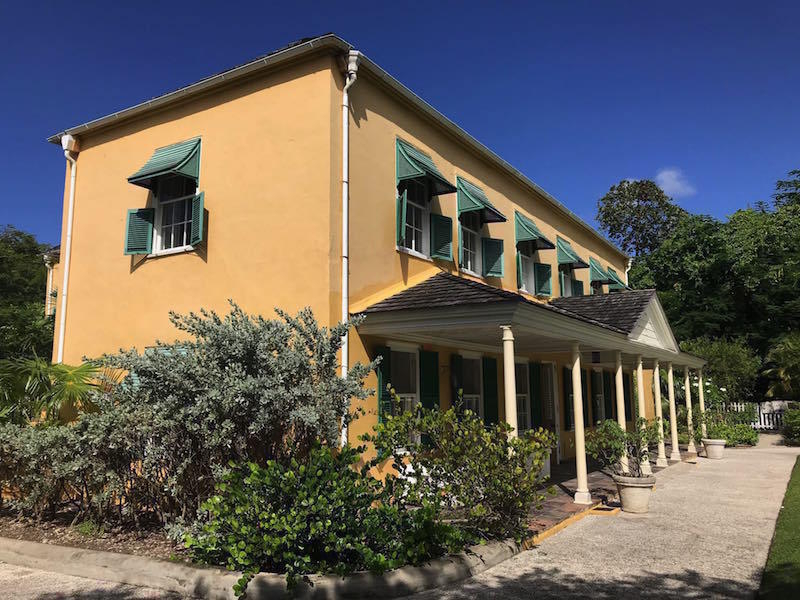
The future US President made his only overseas journey at just 19, accompanying his brother Lawrence, who was dying of TB. The plantation house they rented in Bridgetown looks pretty much how it did during those fateful six weeks in 1751. Buy a joint ticket for a house/museum tour and to visit the nearby Garrison Tunnel Tours (BD$30). Or for a real taste of the past splash out on Dinner With George every Monday until early April, a theatrical candlelit dinner in the house, hosted by a bewigged and costumed ‘Washington’. (BD$240 a head).
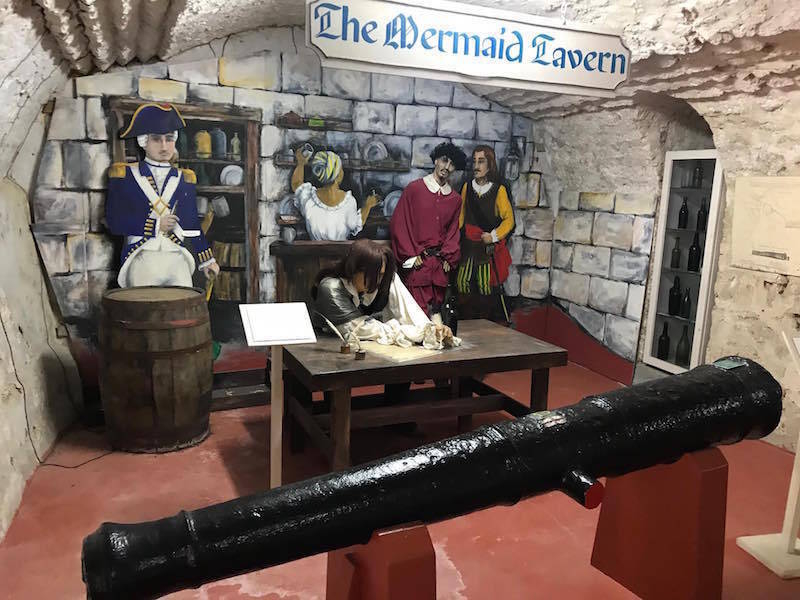
UNESCO World Heritage Site Garrison District
There’s a labyrinth of tunnels – military escape routes, never used – but just a short section is open to visit, while the Garrison proper, established by the British in 1870, is only open for public tours on Thursdays. Grab a rum punch in the officers’ mess and gaze out on the historic racecourse, which dominates the 30 acre parade ground. Then don’t miss the niche delights of the nearby Barbados National Armoury, which houses the world’s rarest collection of 17th century English iron cannon – 400-strong, including one (pictured) of only two Cromwell Commonwealth big guns left. The other is in the Tower of London.

Salute the island’s cricket legends
The greatest ever West Indian cricketer, Sir Gary Sobers (above) is now 81 and still living in his native Bridgetown. You’ll find him honoured in the National Heroes section of the Parliament Museum, but his spiritual home is surely the Cricket Legends of Barbados Museum next to the Kensington Oval ground. Run as joint venture by many of the island’s cricket legends, it’s packed with memorabilia dating back over a century. The basement is home to three virtual cricket fields.
Eat the local specialities
You might be forgiven for thinking the islanders are fuelled solely by the chicken and pizza sof the ubiquitous Chefette chain and well-heeled visitors never stray from the top-end restaurants of their hotels, but you’d be wrong. There’s a thriving food culture. Local specialities? There’s no escaping flying fish and why should you? Cooked in variety of ways it’s delicious. We wolfed steamed fillets of ot Cou-cou style in a Cou-Cou broth with fried plantain at the lively Waterfront Cafe on Bridgetown’s Careenage with a view of the Parliament Building and Clock Tower.
Pudding and Souse” is a more challenging dish, featuring pickled breadfruit, black pudding, and pork. Barbados is also about sea view dining and the upmarket Champers near Rockley Beach certainly fits the bill with a superb eclectic a la carte. Fish is a speciality, but I’d go for the braised beef shortrib.
Go on a catamaran trip
You see the island from a whole different perspective, cruising up the west coast. Slap on the sun screen, take it easy on the ‘all the rum punch you can down’ deal and you’ll be OK. Snorkelling is tempting but not obligatory. You deserve to chill after all that sight-seeing. Barbados has a surprising amount to see, but ultimately it’s about relaxing. Pass the punch.
Fact file
Neil Sowerby flew out with Thomas Cook Airlines, which runs thrice weekly flights to Barbados from Manchester, now joined by Gatwick to Barbados each Saturday flight during the winter 2018 season until March 23, 2018 (prices start from £209.99 one-way or a seven night return from £369.99). A steel band and rum cocktails were on hand for the Gatwick launch,
Across Thomas Cook Group Airlines, over 265,000 seats are available to Caribbean destinations in the winter 17/18 season, a 11 per cent increase on the previous winter period.
Neil stayed at Sweetfield Manor, Brittons New Road, Bridgetown, Barbados. There are four categories of accommodation – three Plantation Rooms in the main house; four Courtyard Rooms, the latest luxury addition; two Garden Rooms and a Cottage. Rates vary according to season – contact the hotel. In winter season my Garden Room, the quaintly named Hummingbird Nook cost BD$232 a night (£80), four course breakfast included in the package.
For full tourism information go to Visit Barbados.
